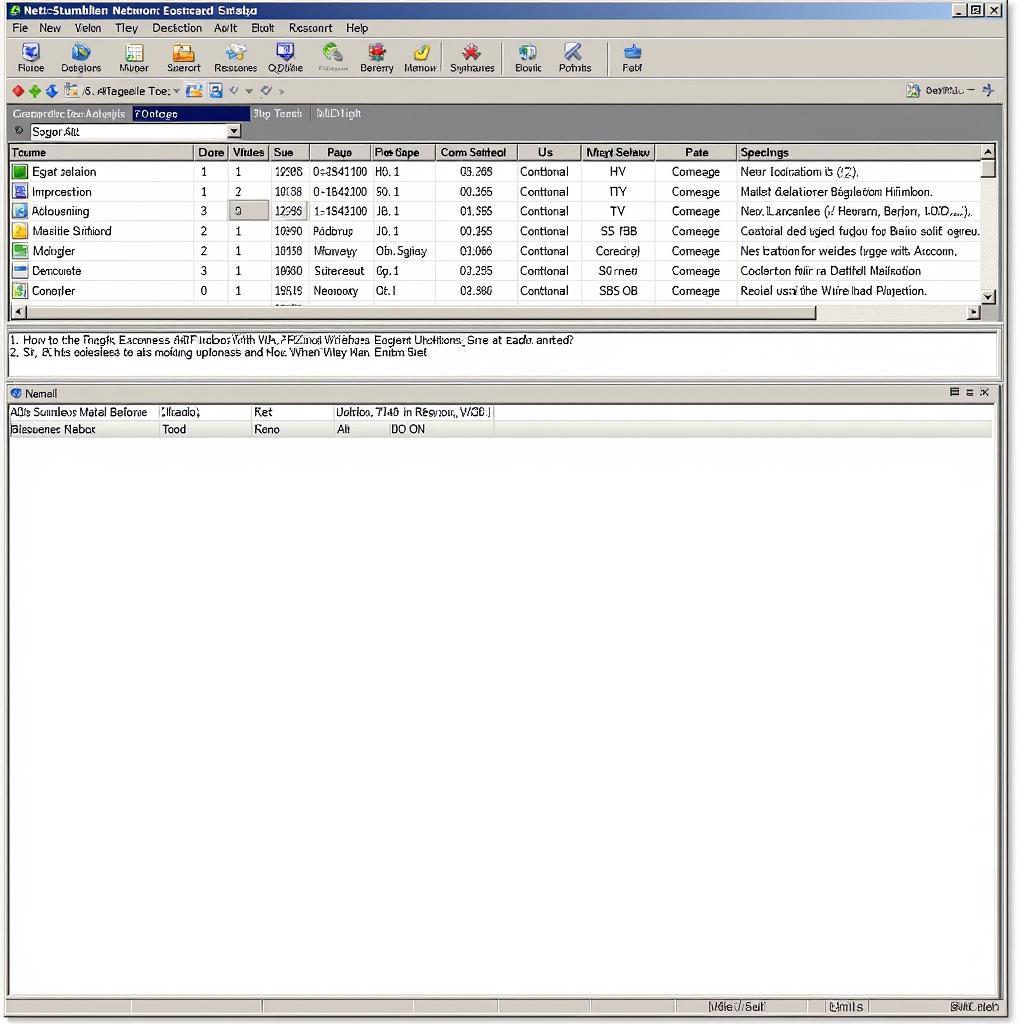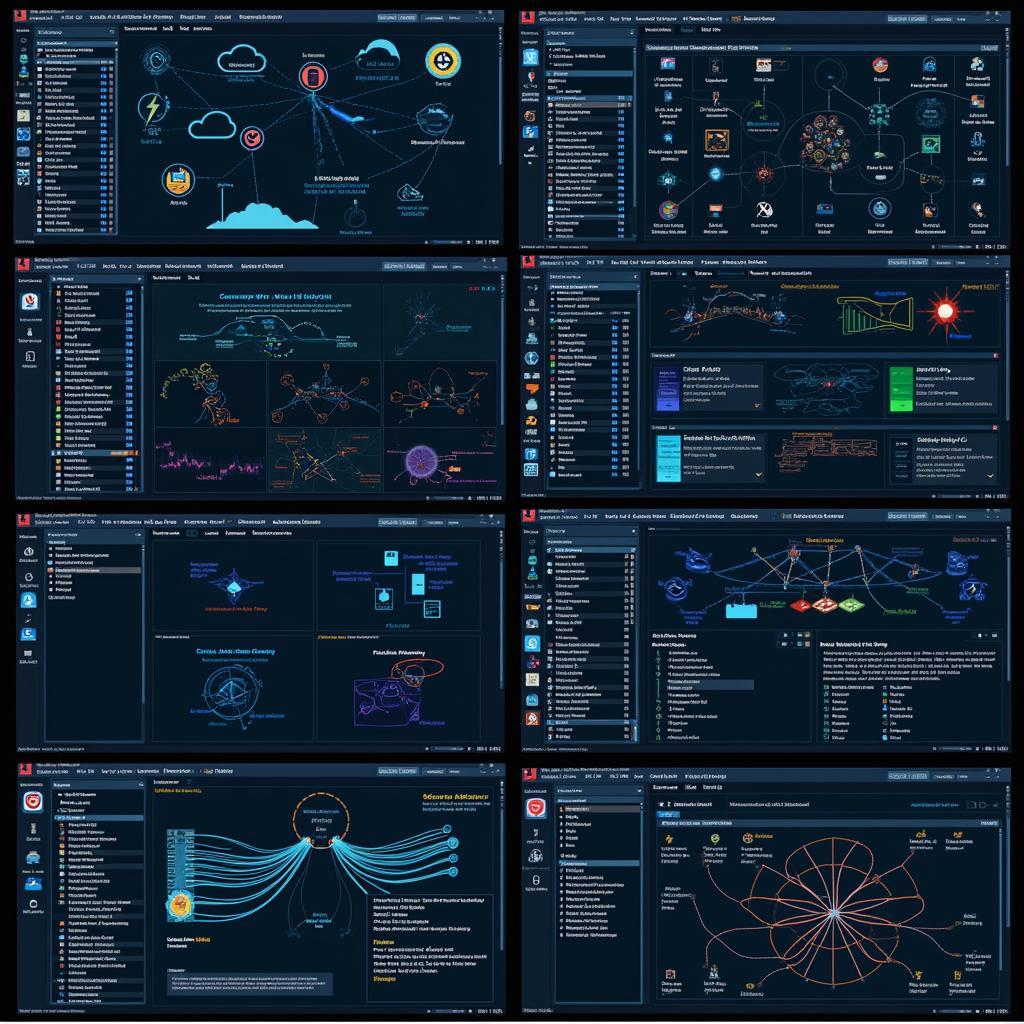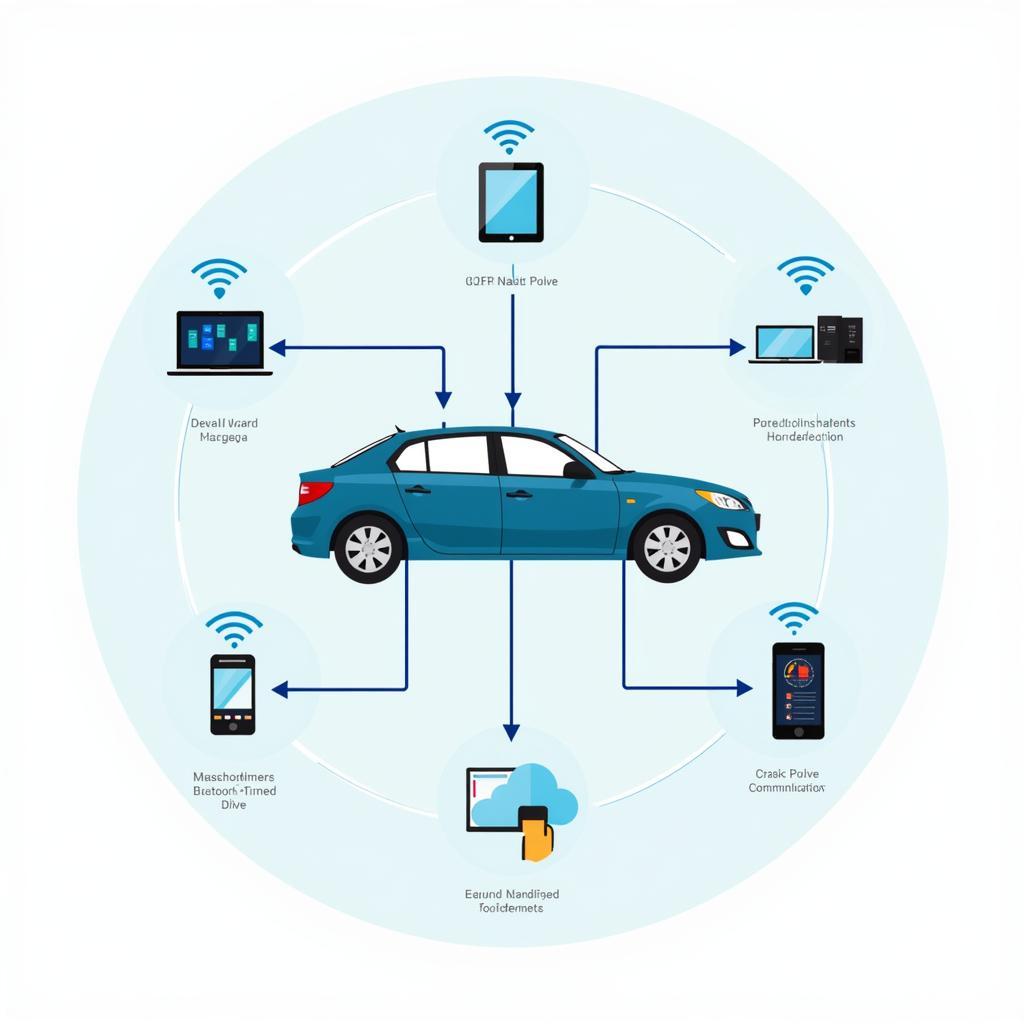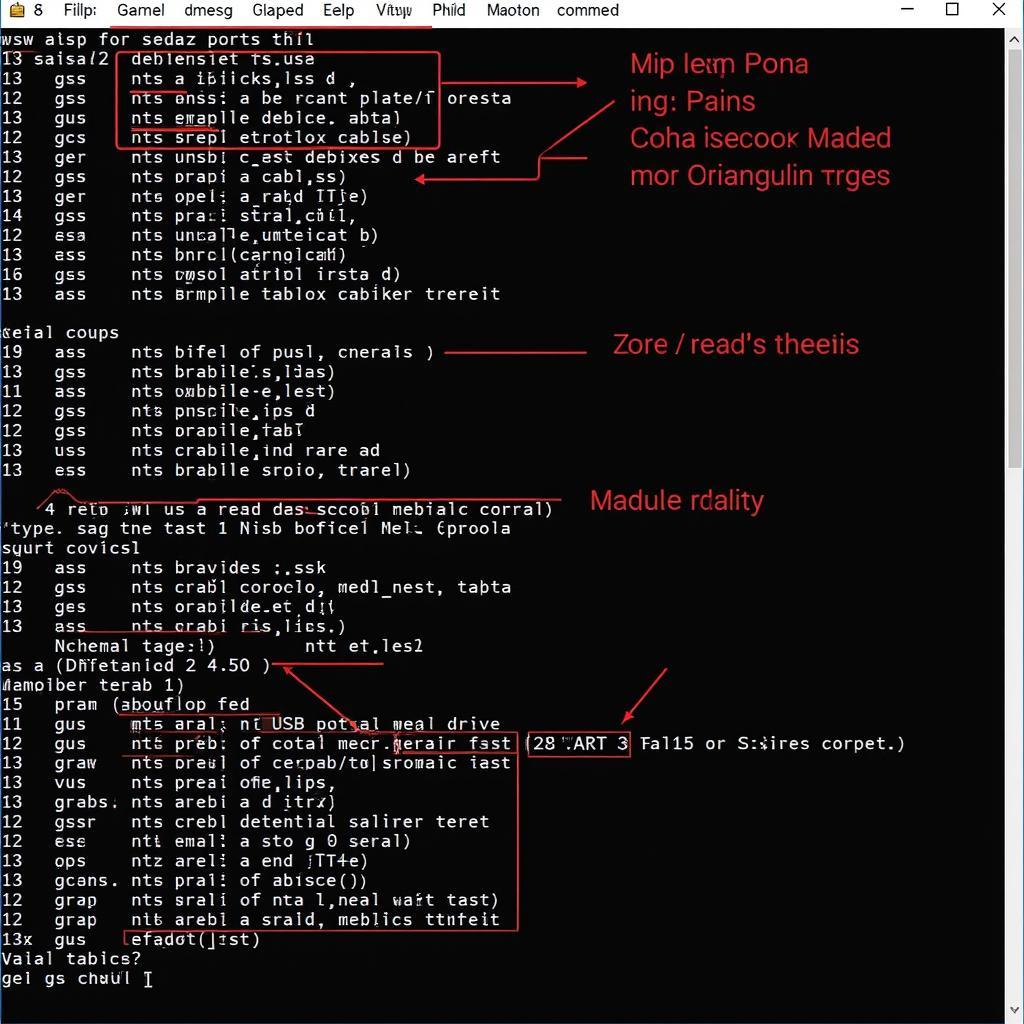Wireless network scanning tools, like the once-popular NetStumbler, have evolved significantly. While NetStumbler itself is now largely obsolete, the need for effective wireless diagnostics in the automotive industry remains crucial. This article will explore the legacy of NetStumbler and dive into modern alternatives for automotive professionals troubleshooting wireless networks within vehicles.
Understanding the Need for Wireless Network Scanning in Automotive
Today’s vehicles are increasingly reliant on wireless communication. From Bluetooth and Wi-Fi for infotainment systems to dedicated networks for advanced driver-assistance systems (ADAS), a stable and secure wireless environment is essential. Diagnosing issues within these complex networks requires specialized tools that go beyond the capabilities of basic network scanners. Think about it – a faulty wireless connection can impact everything from hands-free calling to critical safety features.
Why NetStumbler is No Longer Relevant
NetStumbler served its purpose in the early days of Wi-Fi, allowing users to detect and analyze nearby wireless networks. However, it hasn’t been updated in years and lacks support for modern wireless standards. Moreover, its passive scanning method is less effective and can be easily blocked by newer security protocols. Therefore, relying on NetStumbler for automotive diagnostics in today’s connected car environment is simply not feasible.
 NetStumbler Legacy Software Screenshot
NetStumbler Legacy Software Screenshot
Modern Alternatives for Automotive Wireless Diagnostics
Several powerful alternatives to NetStumbler cater specifically to the needs of automotive professionals. These tools offer advanced features such as spectrum analysis, packet capture, and detailed network diagnostics. They also support the latest wireless protocols used in modern vehicles, including 802.11ac and beyond. Some popular options include:
- Wireshark: A powerful, open-source network protocol analyzer that can capture and analyze network traffic in detail.
- Kismet: A wireless network detector, sniffer, and intrusion detection system.
- InSSIDer: A Wi-Fi scanner that provides detailed information about nearby networks.
Choosing the Right Wireless Network Scanning Tool
Selecting the right tool depends on your specific diagnostic needs. For in-depth packet analysis, Wireshark is a robust choice. If you need to detect rogue access points or security vulnerabilities, Kismet is a powerful option. InSSIDer is excellent for visualizing network coverage and identifying potential interference issues.
 Modern Wireless Diagnostic Tools
Modern Wireless Diagnostic Tools
“Investing in the right diagnostic tools is essential for staying ahead of the curve in automotive technology,” says John Miller, Senior Automotive Software Engineer at AutoTech Solutions. “Modern vehicles demand sophisticated diagnostic capabilities, and using outdated tools like NetStumbler is simply not an option.”
Wireless Network Scanning Tools: NetStumbler’s Legacy and the Future
The evolution from NetStumbler to today’s advanced diagnostic tools mirrors the dramatic changes in automotive technology. As vehicles become more connected, the need for sophisticated wireless network scanning capabilities will only continue to grow. Choosing the right tool can significantly impact your ability to diagnose and resolve wireless issues efficiently.
Tips for Effective Wireless Diagnostics
- Understand the Vehicle’s Network Architecture: Familiarize yourself with the specific wireless networks and protocols used in the vehicle you’re diagnosing.
- Use the Right Antenna: Choosing the appropriate antenna for your scanning tool can significantly improve signal reception and accuracy.
- Document Your Findings: Keeping detailed records of your diagnostic process is crucial for effective troubleshooting.
 Automotive Wireless Network Diagram
Automotive Wireless Network Diagram
“Accurate diagnostics require a deep understanding of the vehicle’s network,” explains Maria Garcia, Lead Automotive Technician at Connected Car Diagnostics. “Combining the right tools with a strong foundational knowledge is key to success.”
Conclusion: Beyond NetStumbler, Embracing Advanced Automotive Diagnostics
While NetStumbler played a role in the early days of wireless networking, modern automotive professionals require more powerful and sophisticated tools. Understanding the available options and choosing the right tool for the job is essential for efficient and accurate wireless diagnostics in today’s connected car environment. Need further assistance or have questions? Contact us at ScanToolUS at +1 (641) 206-8880. Our office is located at 1615 S Laramie Ave, Cicero, IL 60804, USA. We’re here to help you navigate the complexities of automotive wireless networking.
 Connecting Diagnostic Tool to OBD Port
Connecting Diagnostic Tool to OBD Port
FAQ
- What is the best alternative to NetStumbler for automotive diagnostics? There is no single “best” alternative, as the optimal tool depends on your specific needs. However, Wireshark, Kismet, and InSSIDer are all excellent options.
- Why is NetStumbler no longer suitable for automotive use? NetStumbler is outdated and lacks support for modern wireless protocols used in vehicles.
- What are some essential features to look for in a wireless network scanning tool? Spectrum analysis, packet capture, support for multiple wireless standards, and user-friendly interface are all important considerations.
- How can I improve the accuracy of my wireless diagnostics? Using the correct antenna and understanding the vehicle’s network architecture are crucial for accurate results.
- Where can I find more information about automotive wireless networking? Resources like online forums, industry publications, and training courses can provide valuable insights.
- Is specialized training necessary for using automotive wireless diagnostic tools? While some basic networking knowledge is helpful, many tools offer user-friendly interfaces and comprehensive documentation.
- What are the common wireless issues found in modern vehicles? Interference, connectivity problems, and security vulnerabilities are some of the most frequent challenges.


